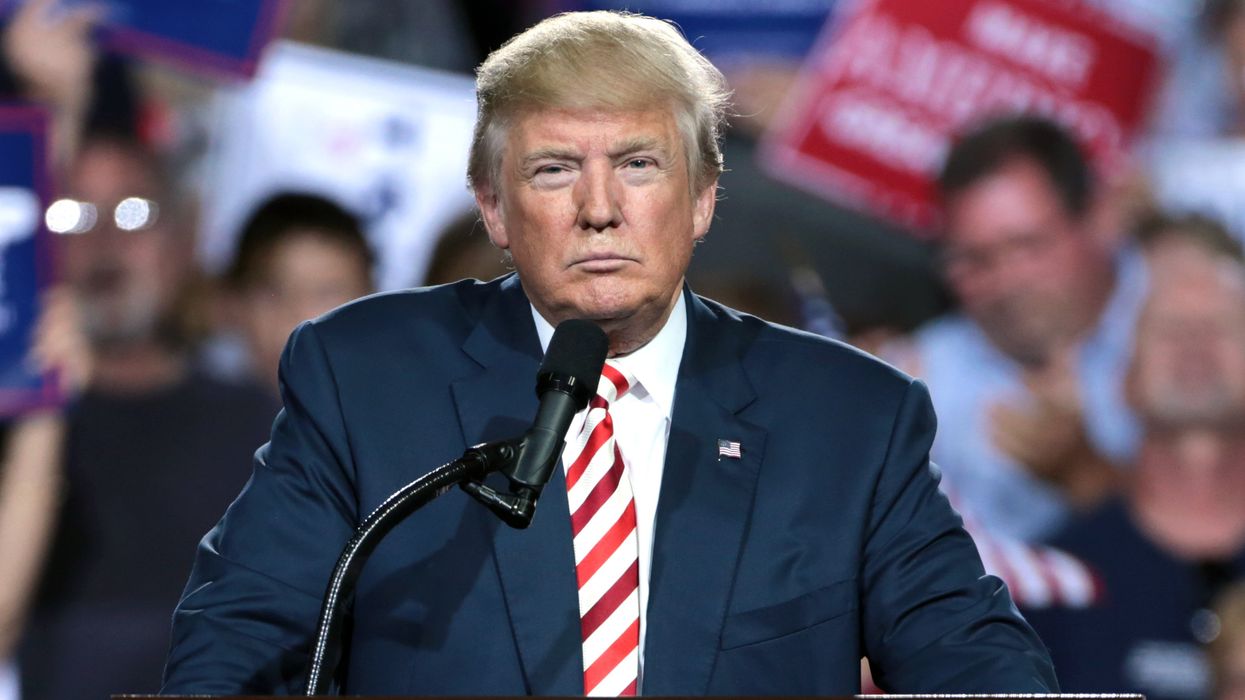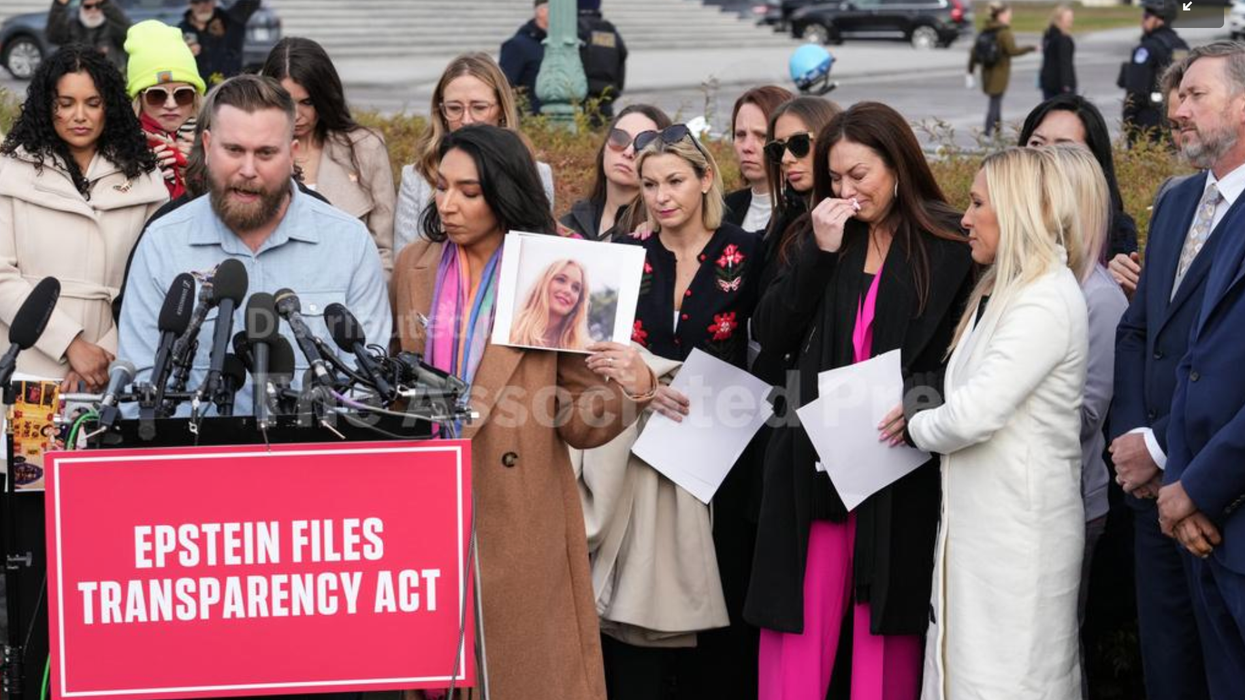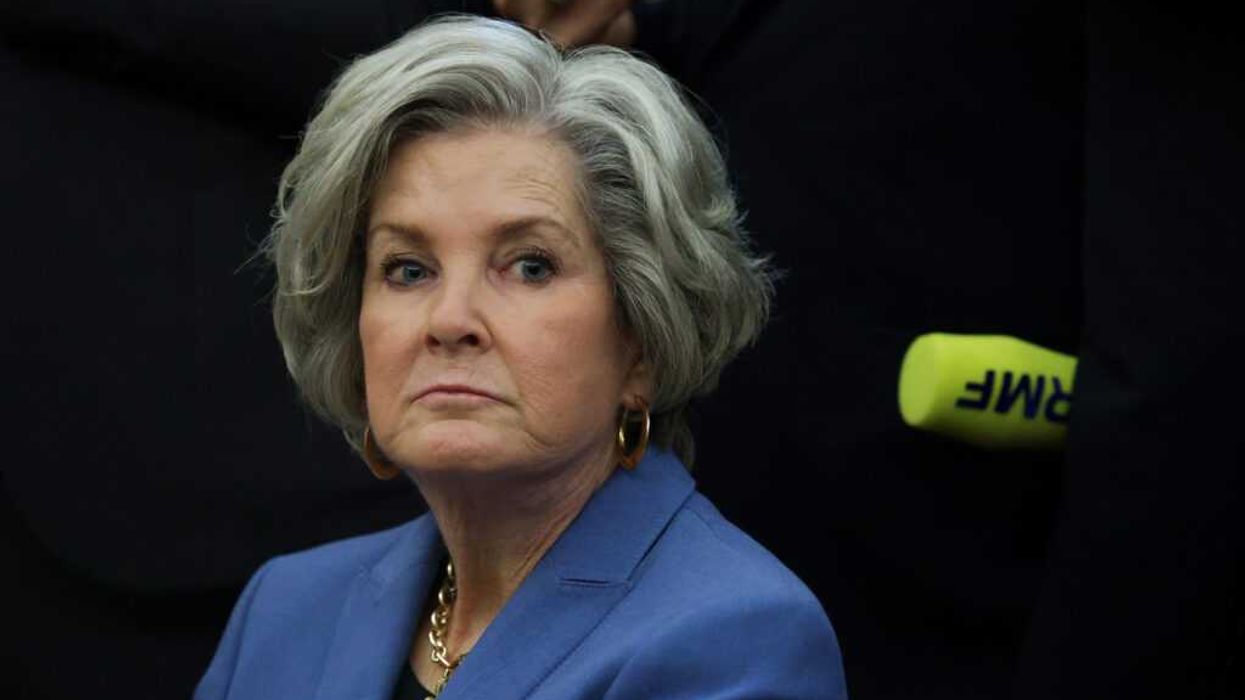There’s a branch of mathematics and science known as chaos theory, which studies dynamical systems; systems that evolve according to specific rules, yet behave in ways that appear random or unpredictable. Despite being governed by deterministic laws, these systems can produce outcomes so sensitive to initial conditions that even the slightest change can dramatically alter their trajectory.
This concept, famously illustrated by the butterfly effect, suggests that a butterfly flapping its wings in Brazil might set off a tornado in Texas. In other words, minute actions can trigger cascading consequences across complex systems. Chaos theory has long influenced fields like meteorology and economics, helping explain why markets react wildly to rumors or why weather forecasts become unreliable beyond a few days.
But its relevance extends far beyond science. In politics, social behavior, and civic systems, nonlinear dynamics shape institutions and public life. A single protest, viral post, or policy tweak can ignite large-scale societal shifts. The machinery of democracy, too, is vulnerable to these unpredictable forces.
Enter Donald Trump.
As president of the most powerful nation on Earth, Trump’s leadership style embodies the chaotic dynamics described by chaos theory. His presidency is a living case study in how unpredictability, disruption, and emergent leverage can reshape civic life—often with dangerously performative consequences.
In his bestselling book The Art of the Deal, Trump writes: “I never get too attached to one deal or one approach … I keep a lot of balls in the air.” This ethos—jumping from one issue to another, issuing executive orders in rapid succession—may seem erratic. Still, it’s grounded in a deliberate negotiating strategy. Trump thrives on instability, using it as both a tactic and a spectacle.
He elaborates: “Most deals fall out, no matter how promising they seem at first.” And when it comes to tackling complex, high-stakes issues, Trump offers this rationale: “I like thinking big. I always have. To me, it’s very simple: if you’re going to be thinking anyway, you might as well think big.”
While unsettling to world leaders and citizens seeking predictability, this style is quintessentially Trump. He doesn’t shy away from worst-case scenarios—he anticipates them, embraces them, and learns to live with them. This mindset mirrors a core tenet of chaos theory: minor missteps can spiral into significant consequences. But unlike a failed real estate deal, these consequences now affect millions of lives.
A 2020 academic article argues that The Art of the Deal reflects the “superficial chaos” of neoliberal capitalism—where spectacle, disruption, and asymmetry are normalized as strategic tools. Trump’s approach doesn’t model chaos theory in a scientific sense, but it weaponizes chaos as a performative and tactical aesthetic.
Yet beyond strategy, the emotional toll of this governing style is profound. When chaos becomes a principle of leadership rather than a scientific observation, democratic systems built on transparency, accountability, and deliberation begin to fracture. And so do the lives of those caught in the crosscurrents.
For many Americans, especially those directly affected by sweeping policy changes, there is a constant, gnawing sense of fear and uncertainty. Immigrants facing mass deportations, citizens confronting the suspension of due process, LGBTQ+ communities threatened with the rollback of hard-won rights, diversity programs dismantled, and hundreds of thousands of federal workers grappling with layoffs or the threat of them—all are navigating a landscape of heightened anxiety about their futures. The emotional distress among these groups is real, and it is growing.
But the ripple effects stretch far beyond traditionally marginalized communities.
Farmers, often seen as part of Trump’s base, are bearing heavy emotional burdens. The administration’s tariff battles have created market instability, slashed export opportunities, and driven up the cost of supplies. The unpredictable nature of Trump’s trade policies has left them feeling trapped between loyalty and economic survival—fueling frustration and fear in America’s agricultural heartland. Veterans, too, are grappling with a deep sense of betrayal. Under the Department of Government Efficiency (DOGE) initiative, sweeping layoffs gutted the Department of Veterans Affairs, eliminating over 80,000 jobs. These cuts have strained the system’s ability to provide healthcare, mental health services, and employment for former service members. This erosion of support has triggered new waves of anxiety, anger, and despair among those who served.
And the list goes on. Cuts to Medicaid and other healthcare supports threaten not just their children’s well-being but their families’ financial stability. Women, worried about rollbacks to reproductive rights and workplace protections, report rising levels of fear and activism fatigue. University administrators must navigate an increasingly volatile environment for free speech, affirmative action, and campus safety.
Trump’s confrontational leadership style adds another layer of stress nationwide. Studies cited in Psychology Today in 2020 pointed to a clear trend: the president’s combative, polarizing, and often personal rhetoric heightens emotional distress across the political spectrum. Americans are reporting increased levels of anxiety, anger, and political exhaustion. Many feel marginalized or unheard in a climate defined by conflict rather than dialogue. Those on the right have had their fears fueled; those on the left have been cast as targets. The rising emotional distress only deepens Trump’s populist appeal, amplified through escalating “us vs. them” rhetoric and violent vocabulary.
Suppose the chaos continues at this frenetic pace. In that case, the damage to the American psyche may rival the political changes. The butterfly effect, once a metaphor for natural complexity, should be a warning that small acts of chaos at the top can ripple outward, destabilizing the very foundations of our nation.
And perhaps the greatest danger is not the chaos itself, but our growing tolerance for it. When unpredictability becomes normalized, when emotional exhaustion dulls civic vigilance, and when spectacle replaces substance, democracy begins to erode.
The challenge is that we must not only understand chaos, but we must act to ensure it does not tarnish the soul of our nation. We must not allow it to corrode the democratic ideals that define us as a people.
David Nevins is co-publisher of The Fulcrum and co-founder and board chairman of the Bridge Alliance Education Fund.



















